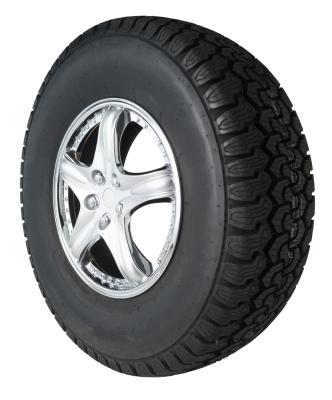You’ve hit the curb with your car, and now something doesn’t seem quite right: your driving feels off, and your ride wobbles. Chances are your car has a bent rim. The symptoms of a bent rim are not always as cut and dry as you might hope, but knowing what to look out for can be the difference between a small repair bill and an expensive flat tire.

Even before your car exhibits symptoms of a bent wheel rim you can easily find out if you are at risk simply by recalling your recent driving history. Bent rims commonly come from fender benders or running into the curb. If this has occurred you may want to inspect your wheels or go to a mechanic to have them checked out.

An unusual vibration in the steering column is in indicator of a bent rim. If your car has moderate to severe damage on one or more of its rims, the steering column will shake due to the wheels not responding properly. While vibrations can be caused by a number of problems, the most common among them is a bent wheel rim. This will be quite easily noticed, as the steering column is one of the few moving parts of a car that you directly interact with.

Your car may not be as responsive as you are accustomed to when taking a turn. For safety reasons you should not attempt hard turning maneuvers: placing unnecessary strain on a bent wheel rim could lead to a tire blow out.

A bent wheel rim will eventually lead to a blow out. Your tire is designed to lay flat against the rim and not be lifted up by an inwardly bent rim edge.
